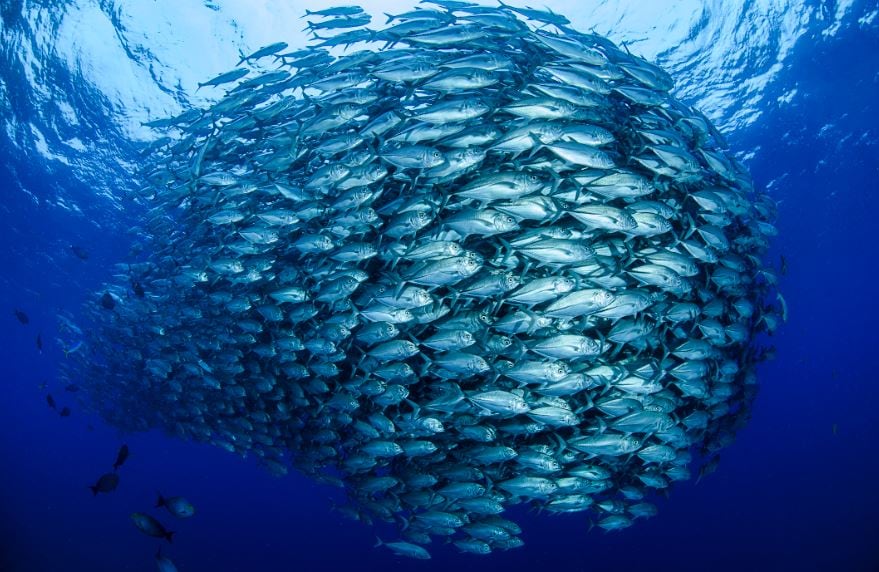That’s according to an influential report on fisheries management by researchers in a dozen countries published in Proceedings of the National Academy of Sciences in January.
It stated that around half of the world’s fish stocks are being managed well so that populations remain mostly constant.
Overall, the new study presents a powerful counterpoint to the gloomy stories of sea resources that commonly reach the general public.
Little is known about the other half of the marine population, which is not being properly recorded. It is thought that harvest rates are three times greater than of managed fisheries, with baseline stocks holding around half the fish needed.
Across large areas of South Asia and South East Asia, scientific estimates of fish population health are unavailable, while official databases lack information. China, the Middle East, Central America and parts of Africa are also largely unrecorded.
India, Indonesia, and China alone represent 30-40% of global fish catch but they are essentially not assessed.
Since little is known about these unmanaged areas, tools to manage sustainable fishing need to be made more widely available, the researchers concluded.
According to Francisco Blaha, an Auckland-based international fisheries adviser, what the study has done is use proper science to help prove a hypothesis that the researchers already believed to be true.
“Knowing that something works is rather intuitive, but demonstrating that it does requires good science to prove it. This paper is a substantial step on that complex task,” said Blaha.
“Scientifically managed and assessed fish stocks in many places are increasing, or are already at or above the levels that will provide a sustainable long-term catch.”
Stocks of tuna under the management of the Western Central Pacific Commission, with its headquarters in Micronesia, is one example of good management in developing regions, under the strong leadership of Pacific Island countries.
This has been showing the way in the compliance and management of fisheries, helped by fisheries science and the collection and use of data.
“They have proven to the world that industrial fisheries can be managed and are not overfished,” said Blaha.
This is not the case in other parts of the ocean, where using scientific methods to deliver greater sustainability continues to be a major challenge for fisheries that have largely not been assessed and are not properly managed.
The picture of fisheries management worldwide is patchy, and varies geographically and politically, according to Blaha.
“Doom generalisations that all fisheries are collapsing, while perhaps well intended, do not help to fix problems.
“Fisheries science, management methods and strategies, compliance monitoring and enforcement are far from perfect, but they are perfectible in time.
If sufficient resources, good science, clear governance and geopolitical independence are provided to those organisations and stakeholders in charge of managing fisheries, sustainable long-term catch can continue to be possible, he added.




